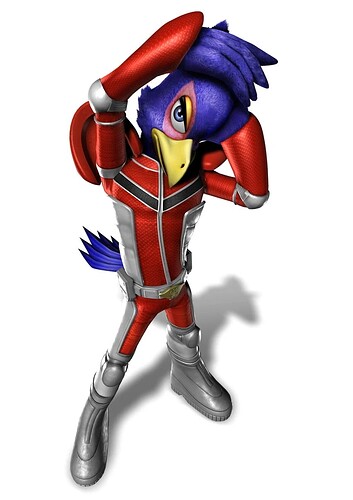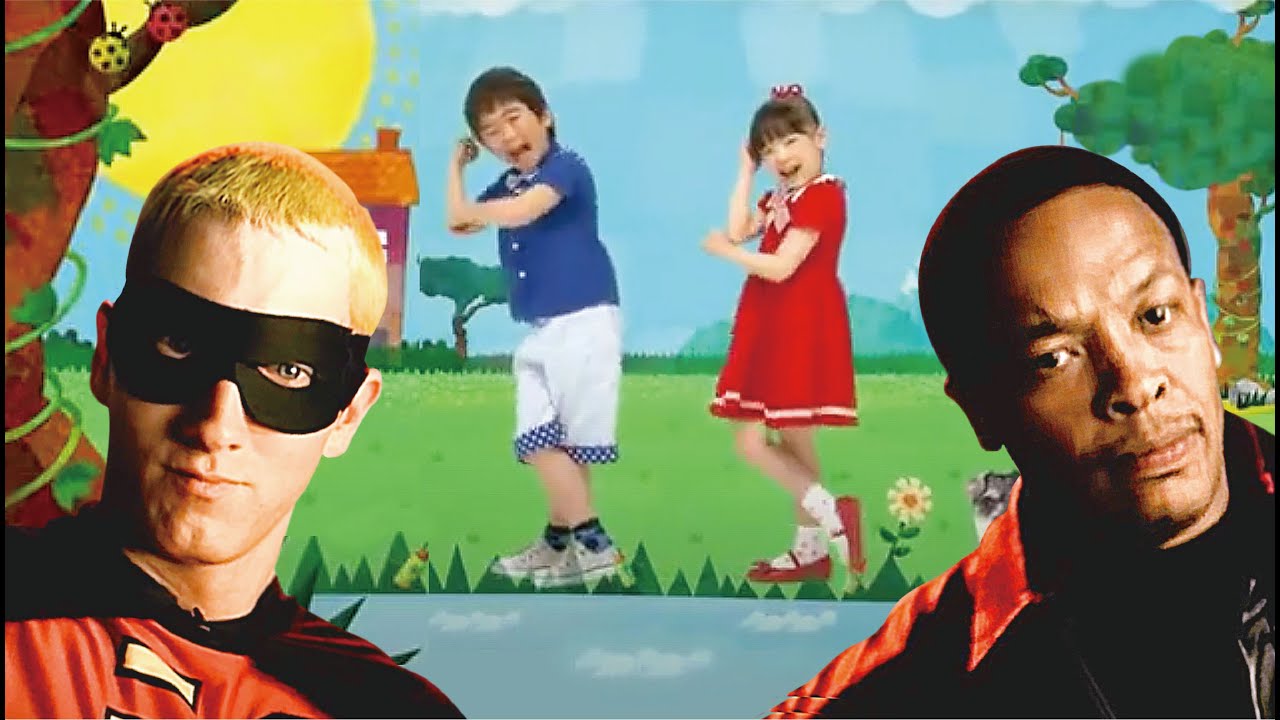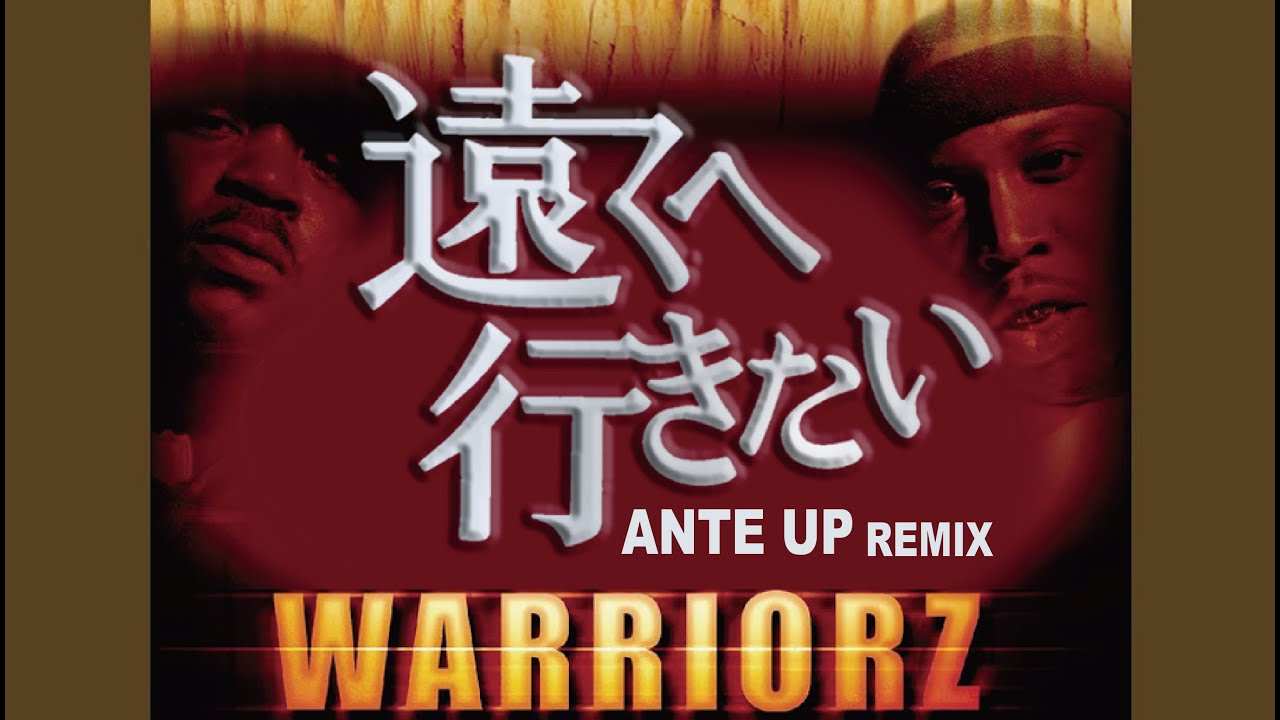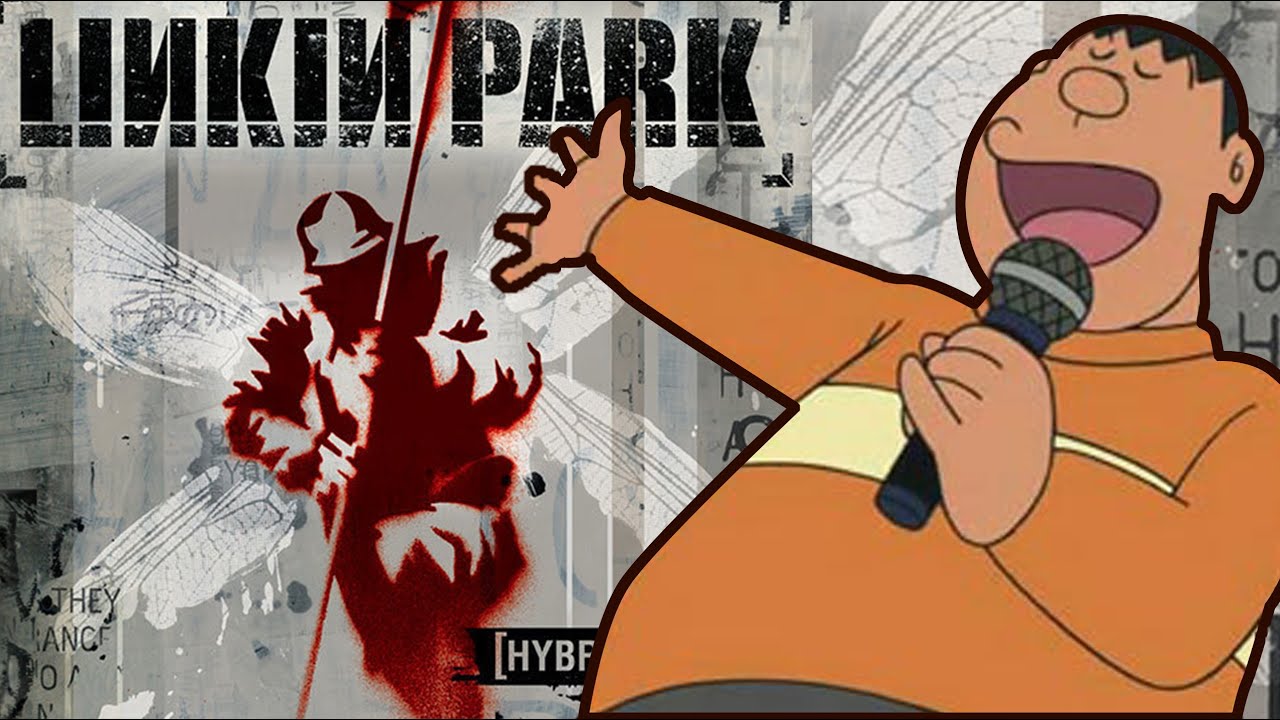in final fantasy 8 headmaster cid totally sends out his students on a mission to assassinate his ex-wife
ex-wife? i don’t think the game implies that they ever divorced
in racing lagoon there’s an extremely long and in depth (but optional/missable) mechanics guide side area and it explains its fairly grounded and realistic car build stat variables by comparing them to saga frontier 2 and final fantasy viii. definitely the only way kawazu was willing to implement a real tutorial.
I remember finding that and screaming
someone I know on twitter had their gay awakening from the Star Fox Assault promo images of Falco Lombardi. I mean, i can see that.
Watched part of a Jacob Geller video about God Of War 2, and he was like “God Of War 2 came out 2 years after it’s predecessor” and I blanked out because I was like “TWO YEARS, they made that fucking game in 2 years!? People probably fuckin died” how do you make a AAA game in 2 years without either crunching the whole time, a massive labor force, or both. Hell it takes a few months to go through cert and print the stupid discs, so maybe it was more like 18 months. What the fuck.
I get a similar feeling watching Atari Archive — whenever those videos say something like “programmed by one guy in 6 weeks” or “3 months” or whatever I do a double take. Like, I know games had infinitely smaller scopes and fidelity targets back then, and I have a basic idea of how fast it takes to fill a 2K or 4K cart, but those kinds of timeframes still boggle the mind.
wasn’t metroid prime 2 made in like 6 months?
guild wars factions as well i think. they’re both very bleak grinds to play, but still staggeringly large products considering
I posted about 'Majora's Mask' on my blog
Since my work time doesn’t require me to be on the phones, I’ve been going through a couple of different Legend of Zelda podcasts: I’m still only about a third of the way through The Hero’s Path (about Breath of the Wild), and I’ve been replaying a few episodes from the nearly-complete The Complete Guide to Termina. The funny thing about the Termina podcast is that I loved Majora’s Mask enough to call it my favorite Zelda game, but my memories of it are apparently much spottier than I realized. I think I’ve only played through it twice, and both times were at least 20 years ago! I mention this because the reason the game left such a powerful impression on me comes from a part of the game that the Complete Guide to Termina guys haven’t even mentioned.
Here’s the context: the moon is going to crash into a place called Clock Town within the next three days, due to the meddling of an imp child with a powerful magical mask. Our protagonist, a young boy named Link, is stranded here, but he has a magical instrument, the Ocarina of Time, which allows him send himself back to the start of the three-day period. What ensues is a Groundhog Day-like time loop in which the player has to learn all they can, explore, solve puzzles, and then reset the cycle to play through again with additional knowledge and resources. Among the various storylines the player can involve themselves in is a courtship between two characters: the innkeeper girl Anju, and Kafei, the son of the mayor. They were engaged to be married, but the imp puts a curse on Kafei, transforming him into a child, and he’s so ashamed by this development that he chooses to go into hiding. Discovering this situation and undoing the damage is not required to complete the game, but it features prominently in the in-game list of people to help, so most players will have plenty of incentive to help out. This video walks through all the steps in the process.
When I played, I wanted to see everything the game had to offer. I picked up the “Missing Persons” instructions from the Mayor’s wife, I talked with Anju at the Stock Pot Inn, and I set up a clandestine meeting in the middle of the night. I was able to follow Anju’s instructions to find Kafei and to slip into his hideout while he was receiving the letter I’d just on her behalf. He explained the situation, and I agreed to help. I delivered the pendant he provided, and Anju was happy.
Now, the correct way to proceed at this point is to go back to Kafei’s hideout at a particular time so that his old friend, the Curiosity Shop owner, can provide you with another mask and another letter, and to tell you about the thief, Sakon, of Ikana Village. Somehow, I missed this step. I think I’d been looking at a Nintendo Player’s Guide that described this quest, and I knew it was going to take me to Ikana Canyon to intercept Sakon, so I tried going there directly. Since I hadn’t met the Curiosity Shop owner, though, the events in Ikana Canyon never occurred! I wasted too much time trying to get into Sakon’s closed hideout, and by the time I realized what I’d done wrong, the opportunity was lost. All I could do was go back to the Stock Pot Inn. Normally, by this point almost everyone has evacuated town due to the falling moon, but by giving her the pendant, Anju’s faith in Kafei was reinforced. She sat on the edge of her bed, hands folded, her wedding dress hanging beside her. She had to know that even if Kafei arrived, it would be too late for them, but she stayed anyway, waiting for him to return. I stood there with her, knowing he couldn’t. I had failed them both.
The ground shook; the town’s bells rang the alarm. I felt a despair that still chills me today.
Heard Super Mario Land 2 was made in 10 months although the team was likely smaller than 20 devs
I don’t think that God of War 2 did much more than the first game does, mechanically, and neither did it break with much of the design established in the first game. So I guess it’s possible that they designed and implemented it pretty quick and then the big team with the big piles of money made the crazy art and scripted it all together fairly quickly. I’m always cautious about reducing game dev work in speculation, but I bet this is kind of accurate.
Also I cannot stand Jacob Geller. I have always refrained from saying that online because I was gonna do a PhD and that dude has ingratiated himself with basically any game studies person on Twitter, but now I’m not doing that so I get to say it. He makes entertaining vids but his work as a essayist and writer just sttiinnnks.
I can’t stand his hompfchompf chewy voice, it is extremely bad for narration
Crucially, God of War 2, Super Mario Land 2, and Metroid 2 were likely all made in the same engine/reusing a lot of the same code from the previous game in the series, meaning that the bulk of the work would be game design/level design/art asset creation, plusssssss all the original games were successes, so they didn’t have to reinvent the wheel there either in terms of design/pitching the design.
Most of the black hole time-sinks in studio game production are a) building and getting the engine to actually do what you want to do and b) getting through the roller-coaster of endlessly pitching prototypes only to be told to go back and do it again. Take those two aspects largely out of consideration and while these turnarounds are impressive, they aren’t likely to have been as death-marchy as games that took a much longer time to make.
ETA: Related to the actual game engine, building out and learning how the pipeline works in terms of how to commit code/get assets into the build/deploy builds, etc. is always a gigantic ballache and all of these games almost certainly just used the same pipeline as the previous games.
This is how studios that make sports games are able to release a new game every year; and also is one of the major problems as to why those games have a really hard time instituting anything other than incremental changes – you never have any time to build out a new engine or switch to a new pipeline process.
Analogue products are absolutely a racket and they just sell whatever 5% of their own stock on ebay.
Is there a better solution for hardware that can play actual retail copies of games, though? I looked, a little, for better Super Nintendo and Game Boy cart players, and couldn’t find anything else that seemed to be as good–not even close, really.
I feel like a GBC with a modded screen + rechargeable battery would be a good one. I have thought about making a modded GBA out of mine. I haven’t priced any of these out though
edit: like, $50 for a drop in IPS screen, probably a few dollars for some rechargeable AAAs. Probably $50-90 for a working GBC. That’s half the price. I guess there’s worse ways to play games.
Its so sad game carts and hardware became “collectable” because they’re effectively impossible to get casually, no longer manufactured, and the games/systems are almost too expensive to lug around on a daily basis.




